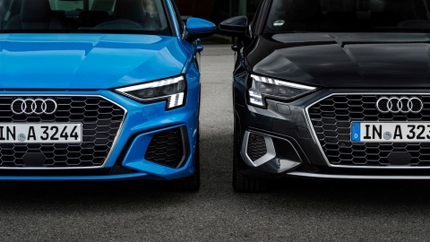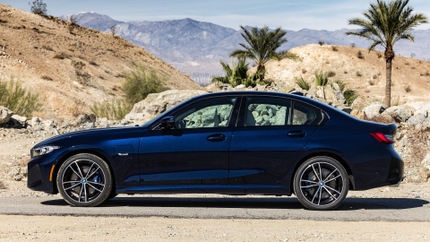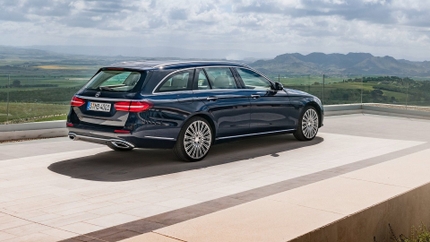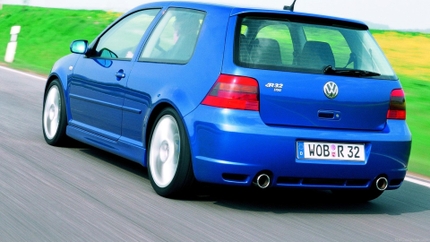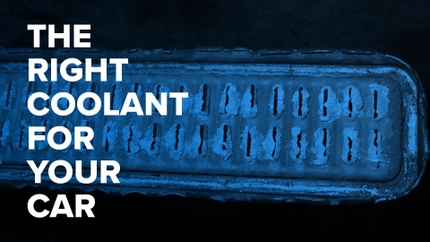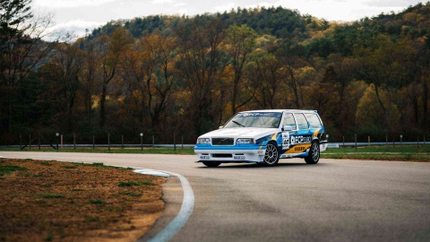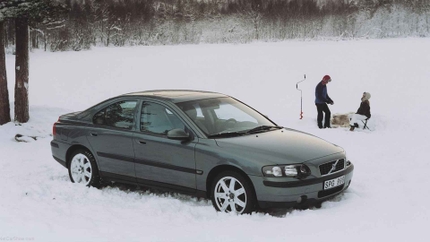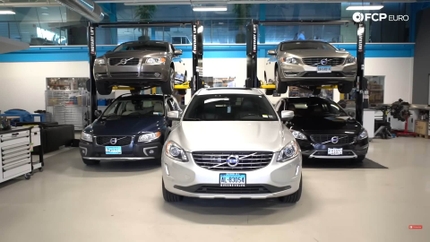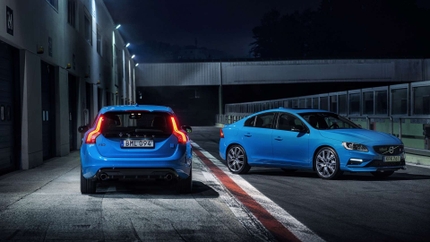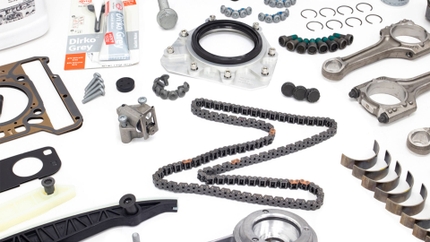Sports cars are wonderful. They allow us to experience the limits of adhesion, intense g-forces, and unending smiles as we motor along. The passions they stir from their race-winning pedigrees, beautiful body lines, and emotion-filled driving characteristics make them life-altering things. However, life-altering things come in many forms, such as children. Children bring about their own set of wonder and emotions but typically negate the frills of sports car ownership. Stories of parents selling their favorite rides for sensible and safe vehicles are all too familiar and a bit disheartening for enthusiasts planning on extending their families. Fear not, however, as the market for performance cars capable of driving like sports cars with enough room for the family has grown substantially over the years. If it’s time to swap out that sports car for your new “dad car,” follow along.
Mk7 Volkswagen Golf Alltrack/Sportwagen $15,000-$35,000
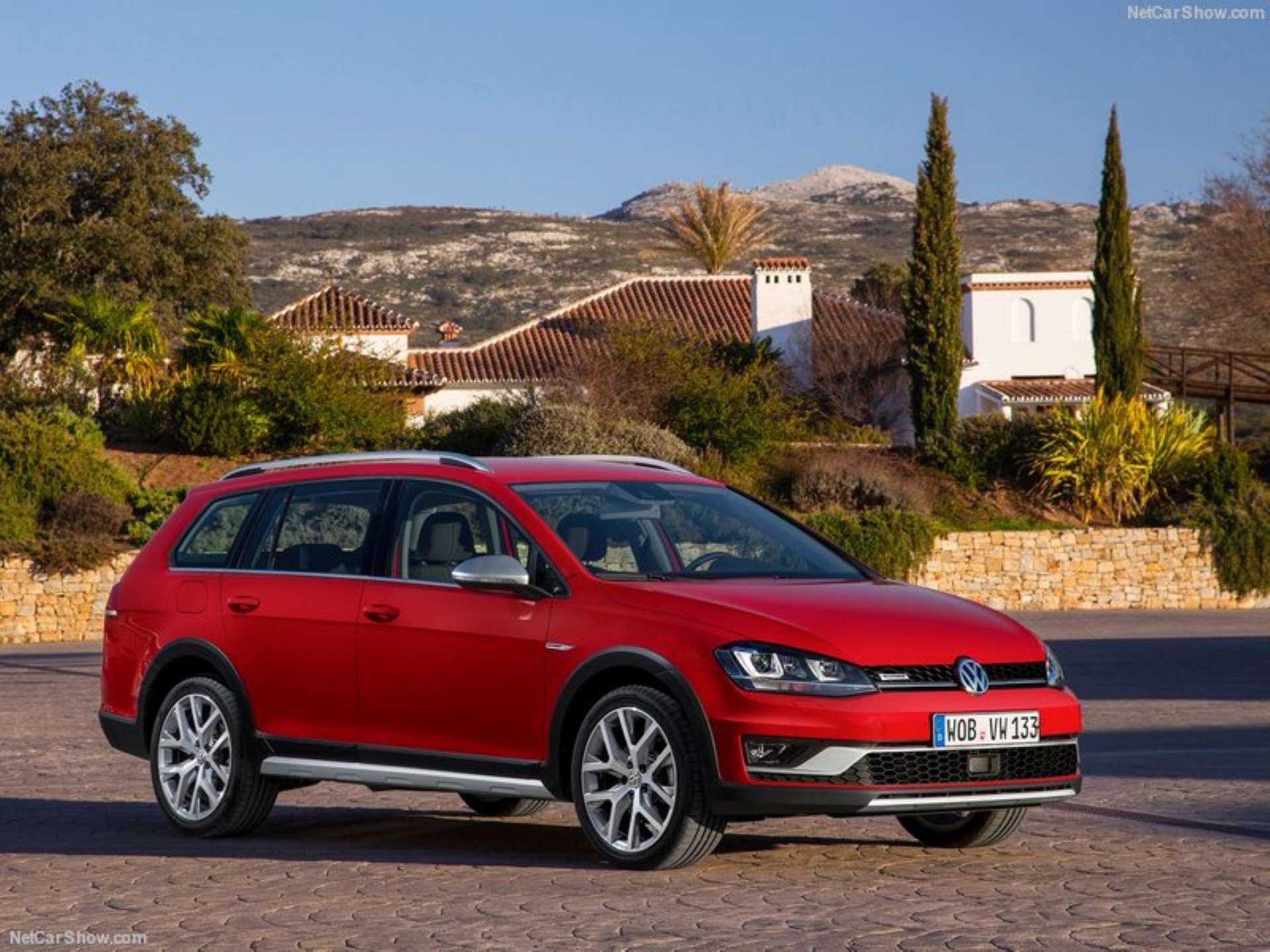
The Mk7 Golf platform will go down as one of, if not the best, Golf platforms to ever come out of Wolfsburg. The Golf generations have had their ups and downs, but none have ever come up quite as versatile as the Mk7. Whether powered by a diesel engine, wearing a GTI badge, or propelled by an electric motor, the little hatch has grown its reputation around its performance, and rightly so. But they aren’t the biggest things around, and family life requires space. The Sportwagen and Alltrack variants solve that space issue while offering a unique spin on the Mk7 platform.
The Mk7 is a vastly popular platform, though the Sportwagen and Alltrack are more uncommon variants. They’re still pretty easy to find, though, so finding one won’t be a challenging task. Their pricing is fairly in line with the rest of the Mk7 range, slotting between the GTI and standard Golf. The cheapest examples are the DSG-equipped Sportwagens, coming in around the mid-teens. The least expensive Alltracks will command a few thousand more than the Sportwagens. At the top of the range are the manual-equipped Alltracks. The transmission’s commonality and use in a turbocharged, lifted wagon allow sellers to ask around the $30,000 mark for late model examples.
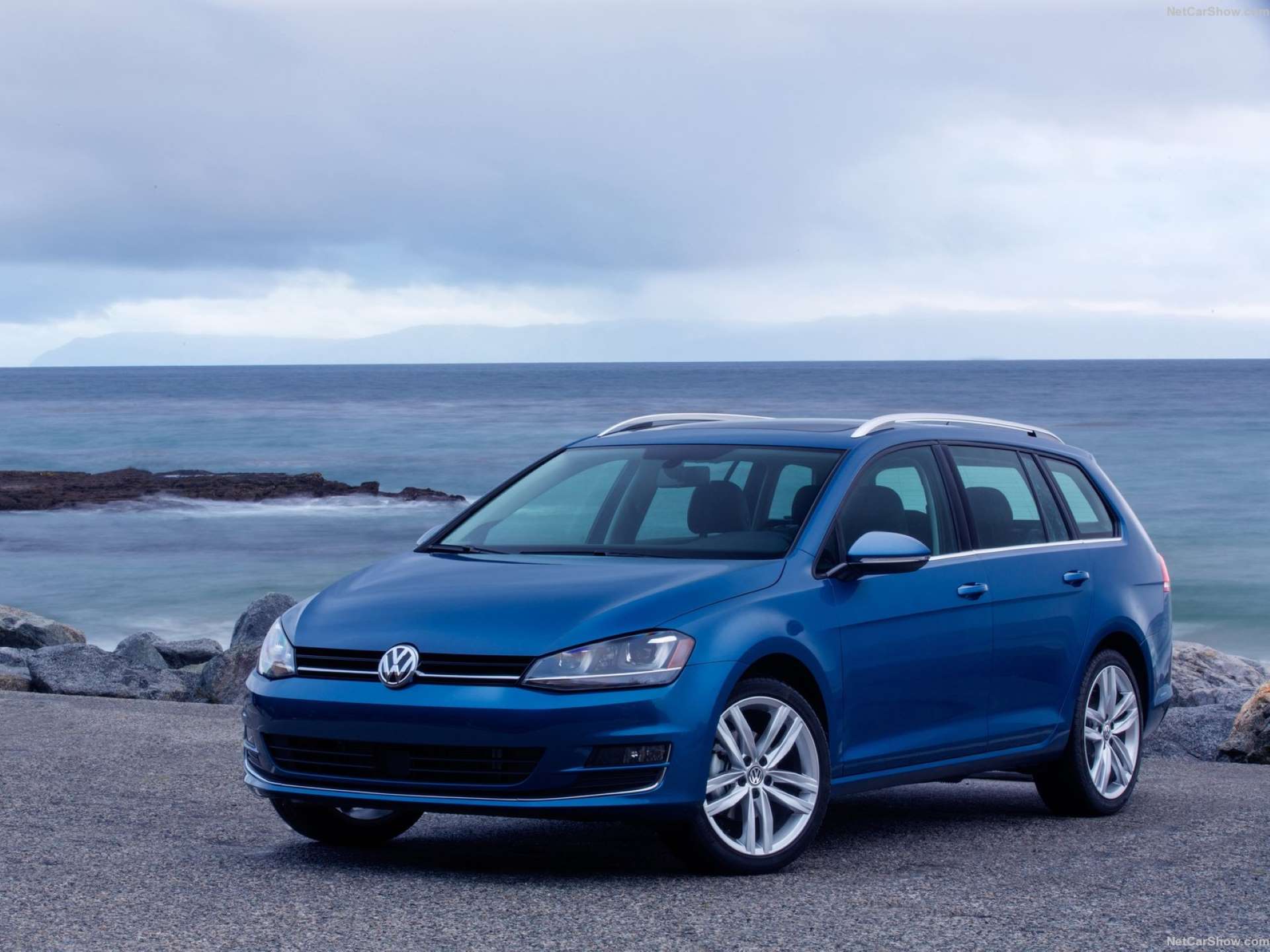
Without modification, the Sportwagen and Alltrack are classic VW family vehicles. A relatively low-power engine with surprising punch sits transversely mounted in the engine bay, powering the nicely, albeit relatively inexpensively appointed interior and safety-filled chassis wherever it needs to go. As a bonus towards safety and useability, the Sportwagens and Alltracks feature VW’s 4Motion all-wheel drive. However, the Mk7 platform they’re built on means there is a world of OE and aftermarket parts to bolt-on that will bring the Golf's performance closer to that of an Audi S4 for much less money.
Under the hood of the Golf is a 1.8-liter variant of the EA888 Gen3 inline-four cylinder engine. It utilizes a turbocharger to produce 170 horsepower and 200 lb-ft of torque. The engine is similar enough to the 2.0-liter found in the GTI and Golf R that several performance components can be swapped over. One of the most effective ways to keep your Golf happy but with increased performance is to install the IS38 turbocharger. It’s the same unit used on the Golf R, and when paired with other performance items, like a freer-flowing intake and exhaust, and a remapped ECU, power numbers can nearly double over the originals without danger to the internal components. Making the modifications easier is the DQ250 dual-clutch transmission, referred to as the DSG, which is capable of handling that power increase with ease. The manual transmission can hold power as well, but a stronger clutch is required.
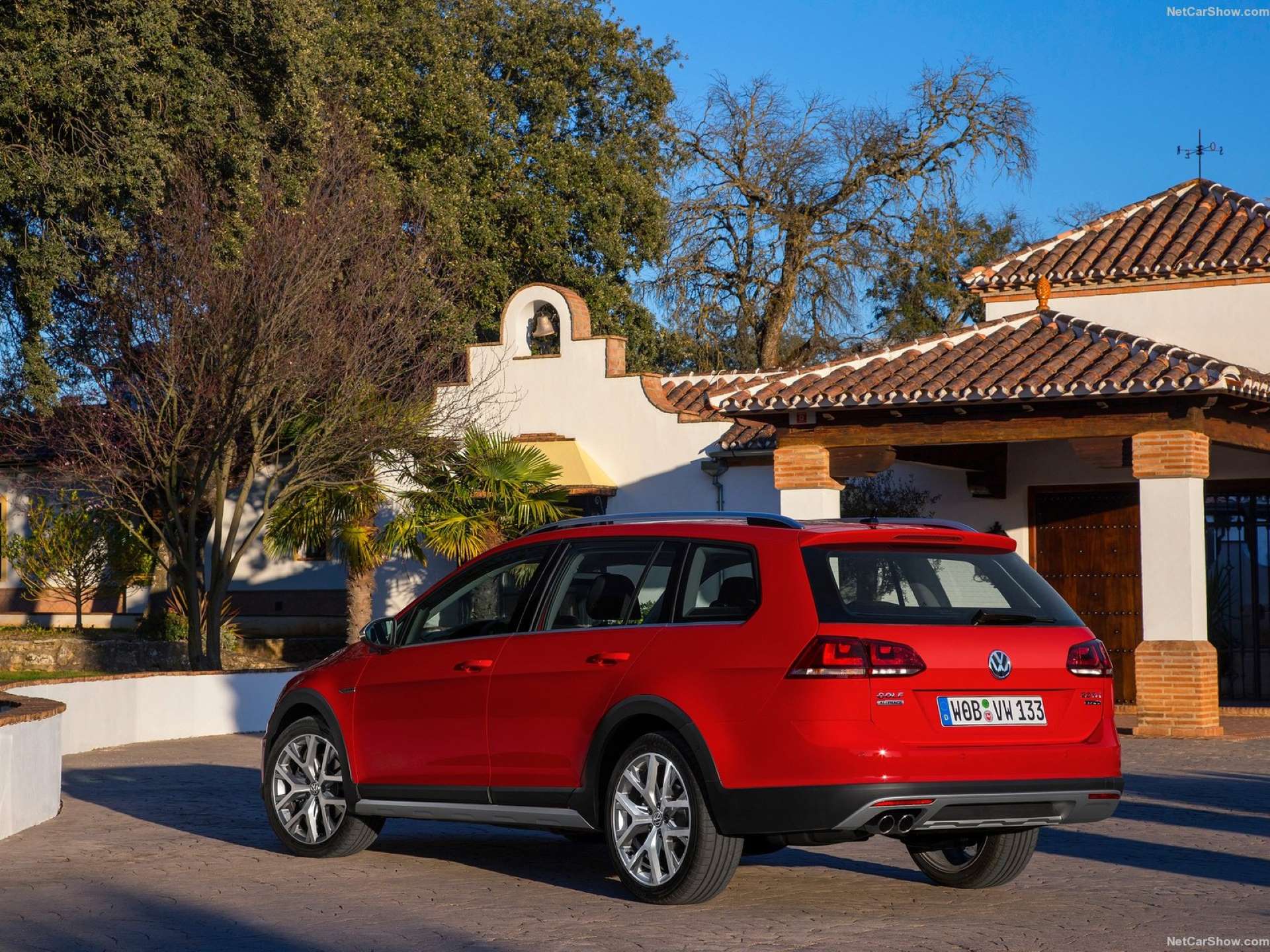
The Alltrack comes standard with the Haldex-based 4Motion all-wheel drive, but the Sportwagen was available with front or all-wheel drive. Either driveline is good from a performance standpoint, though the 4Motion system lends itself to more versatility in poor conditions. Also lending itself to poor conditions is the suspension fitted to the Alltrack. It offers almost seven inches of ground clearance to go along with its unique “off-road” appearance. On the other hand, the Sportwagen offers fairly standard Golf suspension but with different rear springs to accommodate the heavier wagon body. Again, their Mk7 underpinnings allow both wagons to take advantage of a slew of factory performance suspension and brake components. Struts and springs from the GTI or Golf R can be bolted on with the right pairing of spring spacers and strut sizes. Sway bars are also direct swaps with the requisite bushings and endlinks. Going aftermarket further opens the suspension modifying flood gates with coilovers and air suspension for going low and lift kits and strut spacers to get even taller.
Regardless of which suspension direction is chosen, the Golf wagons will always have the space and safety to carry a family. The elongated body holds significantly more volume than the standard Golf, and the rear doors with a spacious-enough back seat give good access to booster-seat fiddling. As child transport is going to be the primary use, reliability is vital. The EA888 engine, now in its third generation, is as reliable as they come from VW these days. Smaller things like PCV and ignition coil failures are relatively common but are repairable by anyone in a driveway. More significant issues like water pump failures or stretched timing chains can occur but are a rarity. Proper maintenance is critical, especially when modifications are in play. The transmissions are going to be reliable as well, but servicing the DSG can be costly. Services come every 40,000 miles and some owners have reported costs of around $500 a service. With that said, the Golf Sportwagen or Alltrack remains a great way to mix sporty driving characteristics with family-first functionality.
Porsche Panamera 4S (970) $30,000-$50,000
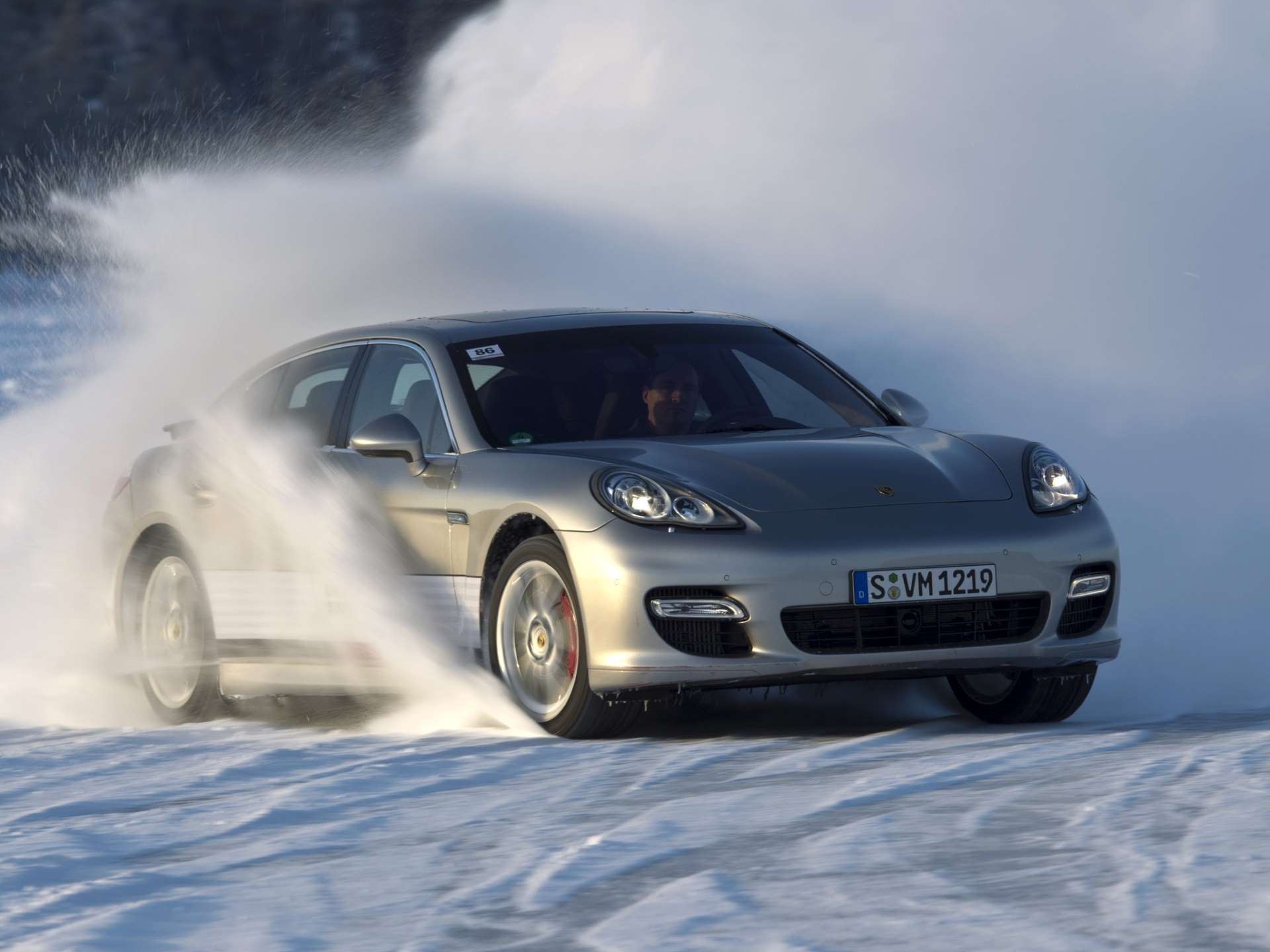
It’s tough to have any sort of listicle that praises performance and handling without putting a Porsche on it. Their uncanny ability to go down the road comfortably yet carve up apexes like the best sports cars set every product of theirs away from any competitor. But, for a long time, that was relatively easy for Porsche as all they made were sports cars. However, their first four-door model, the Panamera, carried on that ability when it debuted. It wasn’t and still isn’t a sports car, with four seats, luxury everywhere inside, and a big trunk to fit things. Yet, the big sedan is truly a Porsche, outhandling every other competitor while being as refined and civilized as you’d expect.
The first-generation Panamera went by the chassis code 970 and ran from 2010 to 2016. Porsche offered them in nearly fifteen different trims with a handful of special editions between them. The two best middle-ground options for the 970 are the 4S and the GTS. Exclusively dry climates can get away with the GTS, and it’s much more sports car-focused suspension. For a little less money and less horsepower, the 4S is the choice. The highest mileage and earliest examples are going to bring towards the $35,000 range. Examples with under 30,000 miles and good service history, along with all of the options fitted, will raise the asking price closer to the $50,000 mark. If you end up looking for a GTS, add about 20% onto the 4S’s price range.
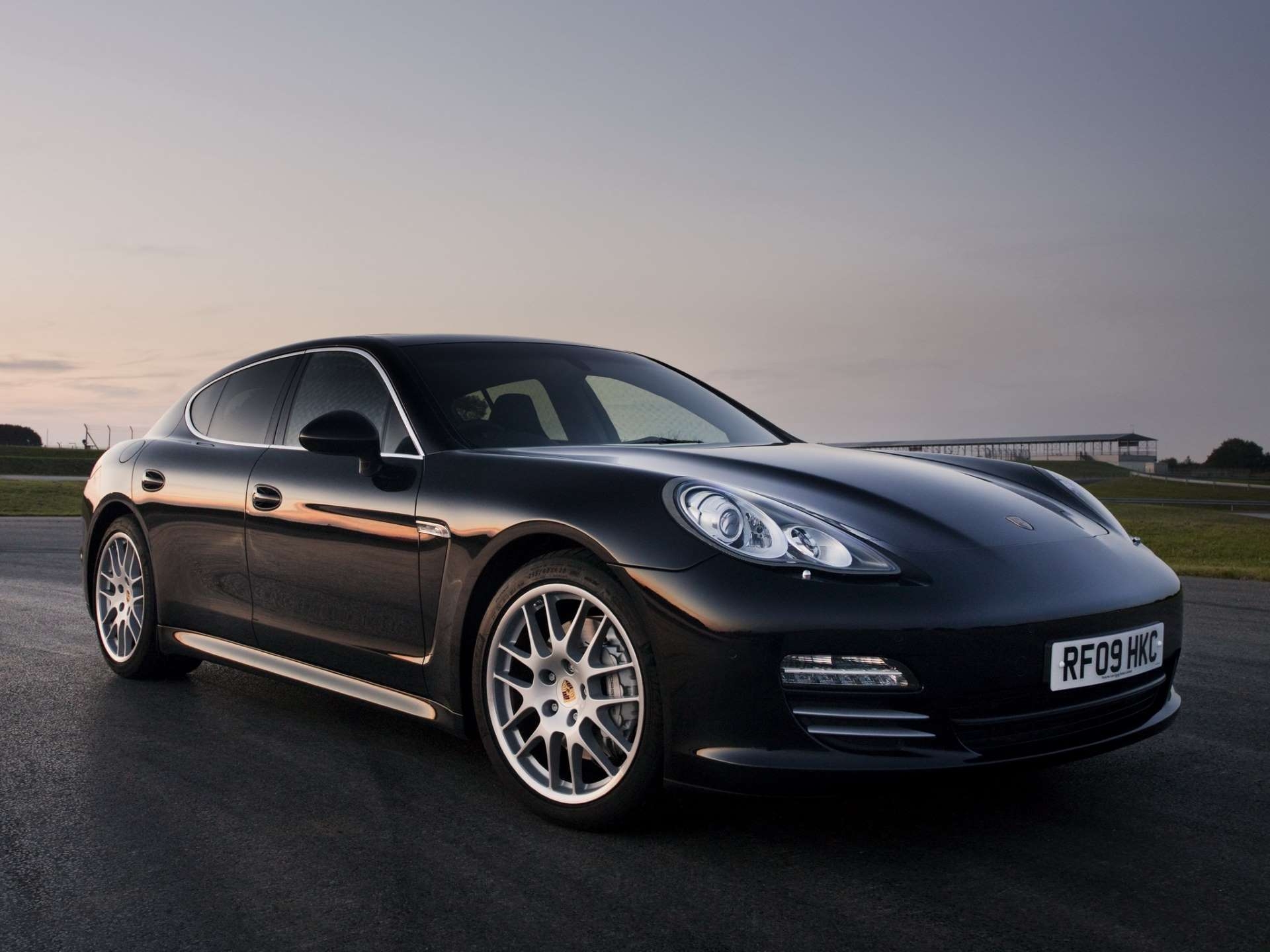
As a dad, a kid’s safety is most important, and the 4S blends the safety blanket that is all-wheel drive with a naturally aspirated 4.8-liter V8 for some fun. In 4S guise, the engine coded the M4840 pushes out 400 horsepower and 369 lb-ft of torque. However, that engine was only in the pre-facelift models. 2014 brought about a facelift for the Panamera and a twin-turbocharged 3.0-liter V6 to replace the V8. While less characterful, the V6 is better in real-world applications. With twenty more horsepower and fifteen more lb-ft of torque on tap, acceleration saw a noticeable bump. On top of that, the smaller displacement V6 brought better fuel mileage to the table as well. Both engines provide plenty of grunt to keep the big sedan right on the bumper of the M3 ahead of you on the backroads.
Mated to either engine is Porsche’s seven-speed PDK gearbox. The dual-clutch box sends power to all four wheels, though the rear gets most of the power. The all-wheel-drive system utilizes PTM, Porsche Traction Management, and PSM, Porsche Stability Management. Those systems work in tandem, using their various sensors and computers to determine where the power needs to go and when exactly it should go there. If it’s equipped with the Sport Chrono package, the PTM and PSM also aid with launch control. With launch control, the V8 and V6 models can accelerate up to 60mph in under four and a half seconds. Throw on a set of snow tires, and those systems will keep the Panamera pointed in the right direction in poor conditions.
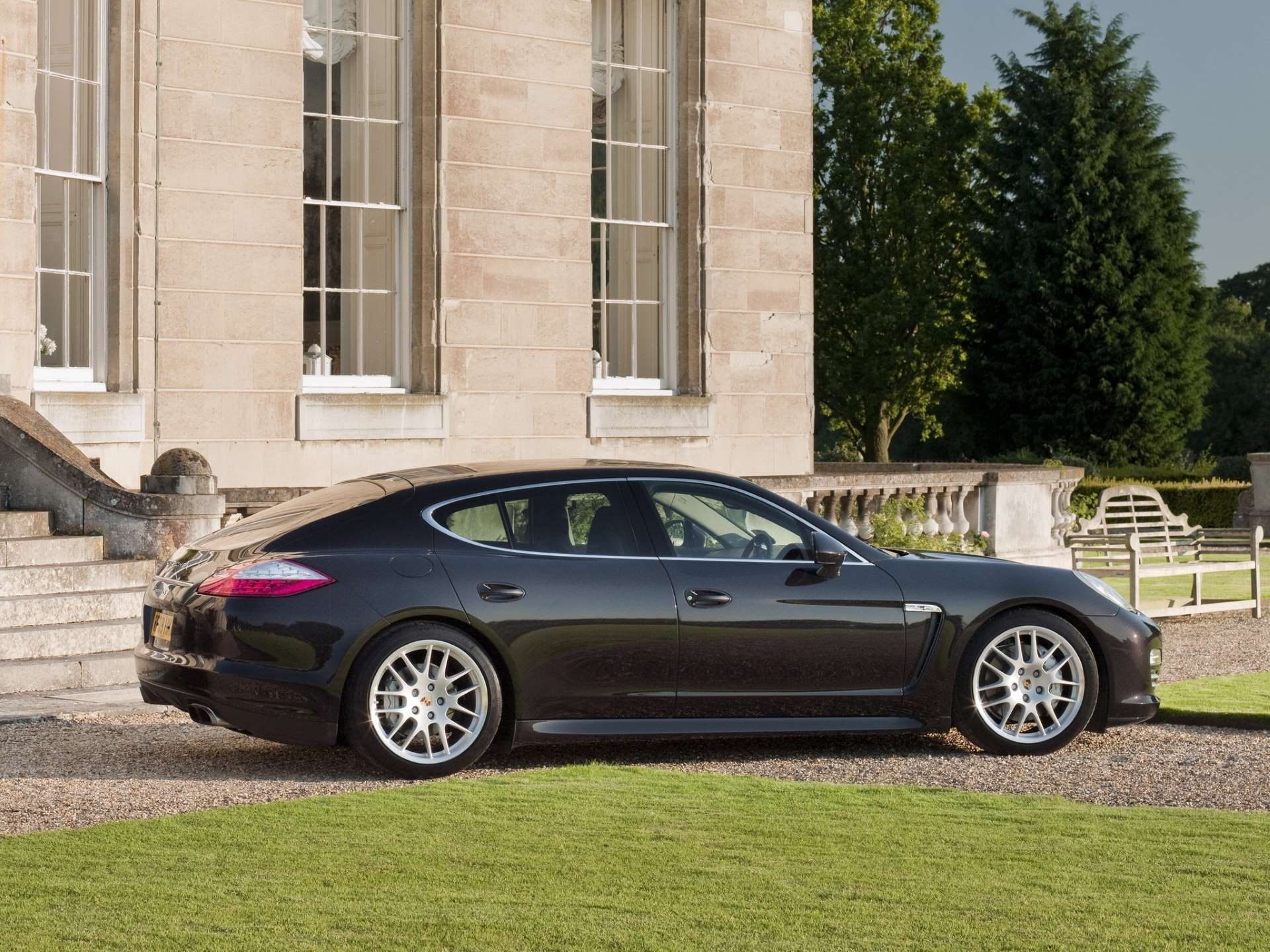
The exterior of the 970 was never its strong suit. Many groaned about its looks at its debut, and the facelift didn’t do too much to change that. The biggest gripes came from the roofline, with some relating it to having a hunched back. While not far-fetched, there was a specific reason for that. At the time, Porsche’s CEO was 6’3” and told engineers that he needed to fit in the back of the Panamera comfortably, so they accommodated him. The rest of the car is filled with brand styling, with many cues coming from the 911 and the Cayenne. The updated 2014 models received slightly different bumpers, new wheel options, different taillights, and the aforementioned engine changes. It is entirely subjective whether or not it has aged well, but anyone’s feelings towards the looks should disappear once they’re behind the wheel.
The real magic comes out as you drive it. Porsche set out to build a four-door with the handling characteristics of a sports car, and they excelled at that like only they could. Extensive aluminum use for every suspension component minus the sway bars, the hood, roof, fenders, and doors kept the weight manageable. Standard coil springs and passive dampers were fitted at all four corners and did their job well. Optionally, the 4S could’ve been equipped with PASM and PDCC. PASM is Porsche’s active damper control; it uses various sensors to determine what sort of characteristics the suspension needs. On the Panamera, PASM has its normal setting and a SPORT setting that firms up the dampers for better agility. PDCC or Porsche Dynamic Chassis Control features hydraulically-activated sway bars that work like PASM. They are soft when needed but can stiffen up when sporty driving is requested. Additionally, the air suspension from the Panamera Turbo was an option at the time. The height and comfort adjustable air suspension is equally good for back roads but excels in providing unmatched comfort.
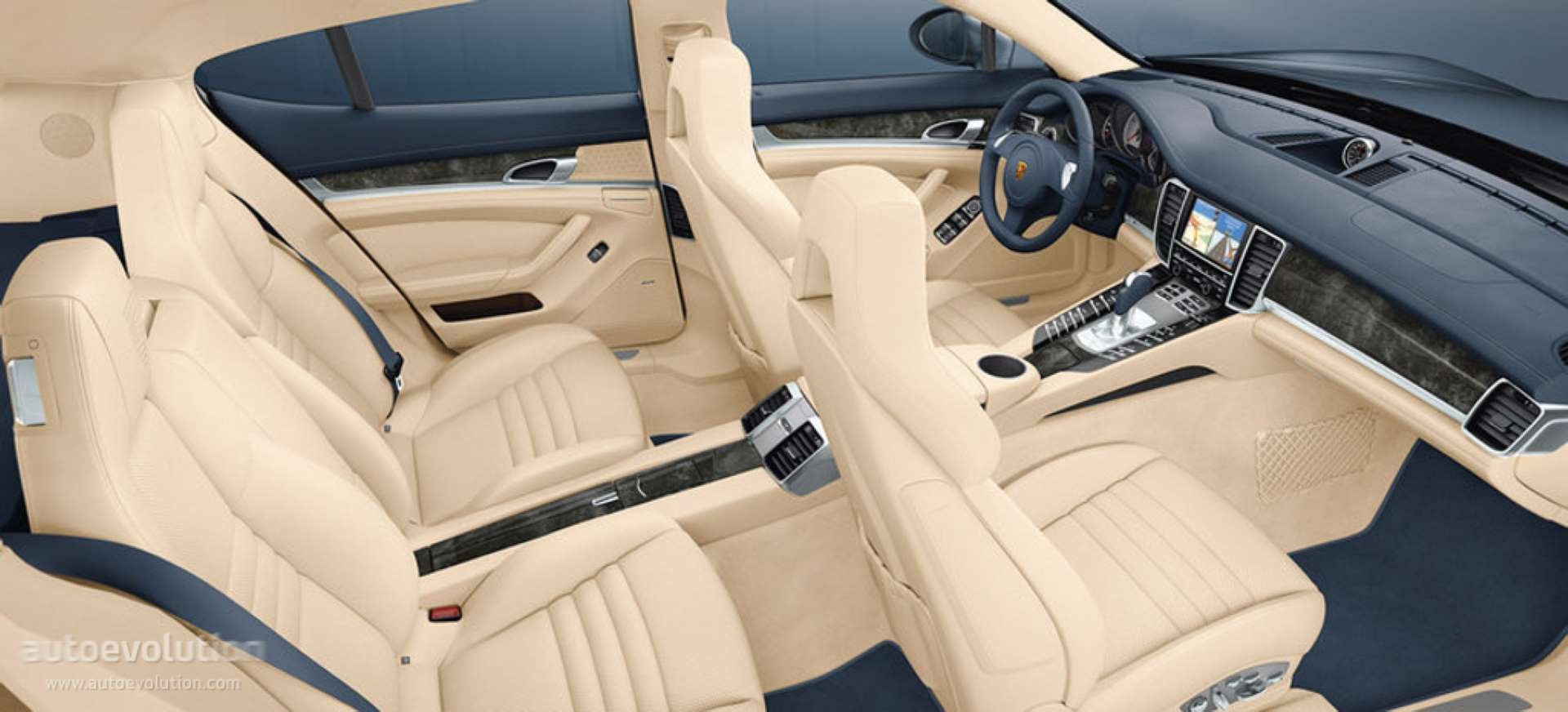
While not bulletproof, the 970 Panamera is relatively reliable. The V8 models have two significant points of failure. Engines pre-2013 are known to have their camshaft adjuster bolts break. That throws the camshafts out of time, and some severe engine warning messages will appear. Porsche issued a recall for the bolts, so that should’ve been taken care of. Additionally, a few of their coolant pipes can begin to leak quite seriously. The adhesive used in their construction weakens and fails after a point leading to some relatively extensive work to fix it. Thankfully, however, updated parts solve the coolant issue for good, so any example with the work previously performed should be good to go. Other than that, more minor things like ignition coils, low-pressure fuel pumps, water pumps, thermostats, and oil pressure sensors are all spots that can require attention. Other things to look out for are failing air suspension components on examples equipped with it. Even with those issues, you’ll be hard-pressed to find a better solution to the sporty, family-capable vehicle conundrum.
Mercedes-Benz S212 E63 AMG S-Model 4Matic Wagon $50,000-$80,000
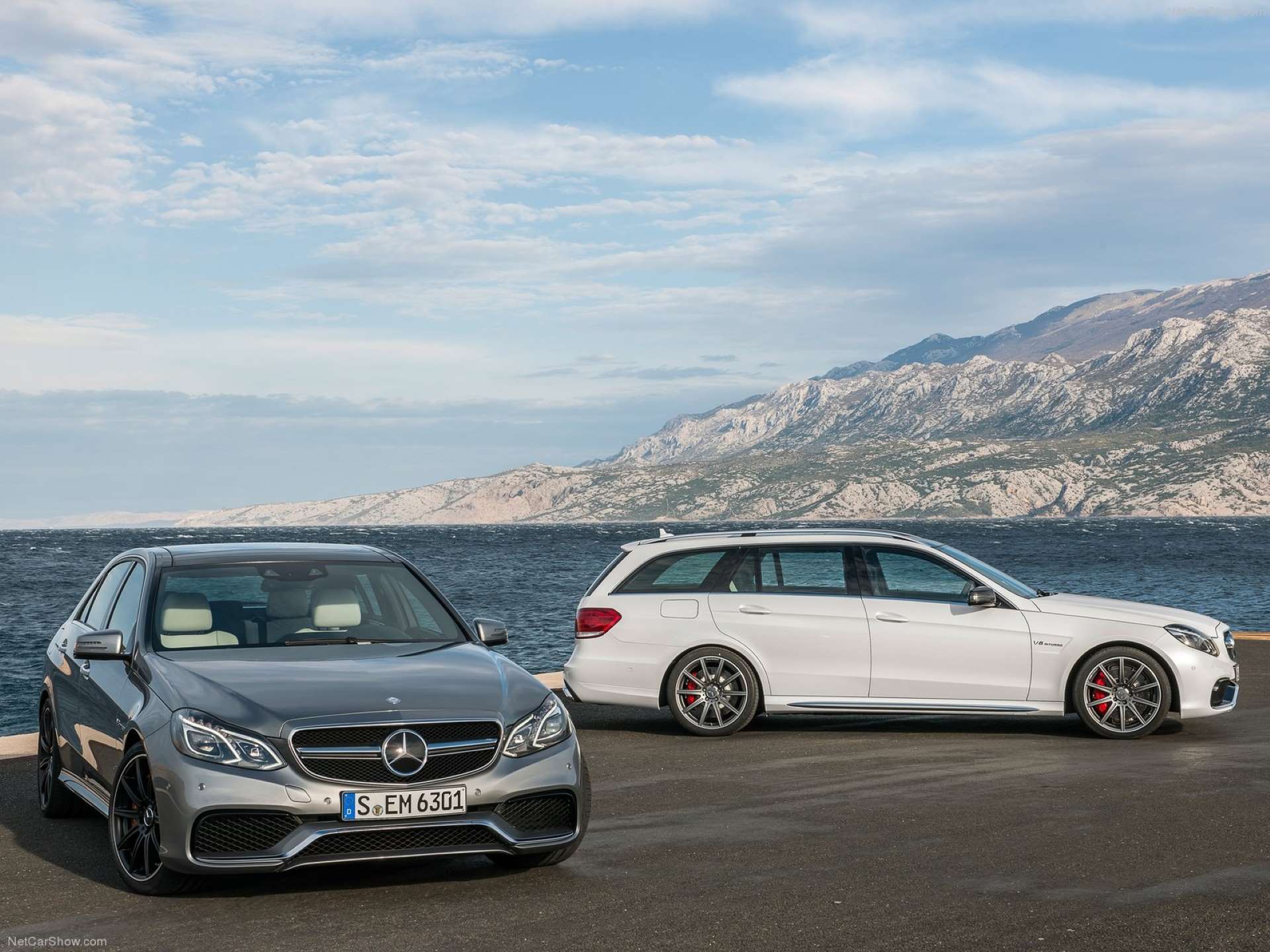
An E-Class wagon done up by AMG just might be the ultimate family machine. Elegant and comfortable, it can be used to get anywhere on the tarmac as comfortably as anything else this side of a Rolls Royce. But as all AMG products can, it will get you where you need to go with your head and gut forced into the seat if you so desire. The S212 E63S AMG is no exception to that as its twin-turbocharged power plant and all-wheel-drive system ensure safety and traction in the toughest of conditions along with chest-compressing acceleration in the dry.
Mercedes-Benz offered the S212 E63 AMG S-Model 4Matic wagon between 2014-2016, with only around 750 examples sold in the US. Its low numbers and high performance have kept asking prices high, but they are still a good buy for the money if you have it. The earlier examples with upwards of 60,000 miles bring the lower end of the price range. At the other end of the range are the newest 2018 models with sub-50,000 miles. Those will likely have remaining mileage or months on a factory warranty, whether the original or a CPO.
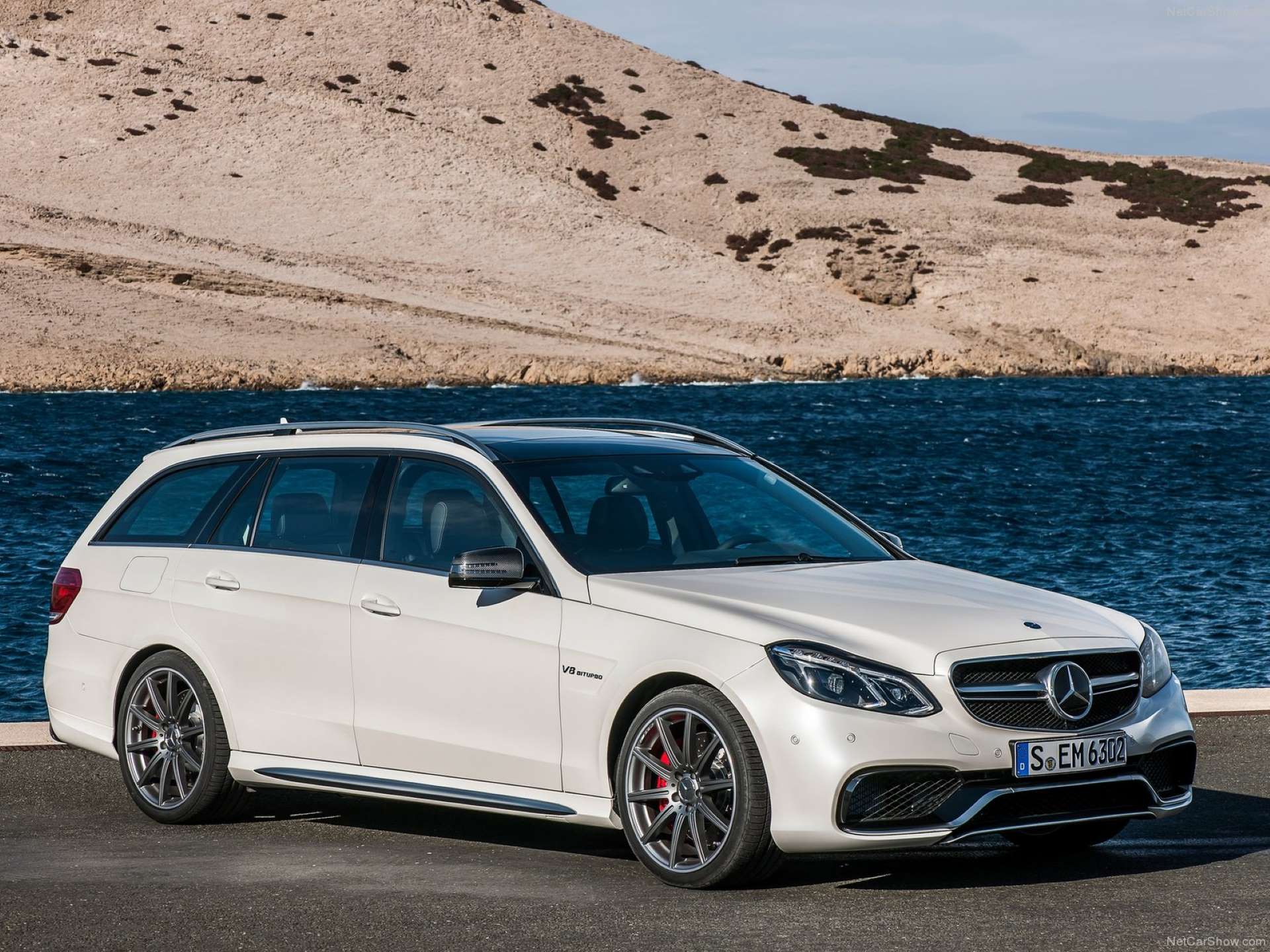
The party piece of the E63 S-Model is the twin-turbocharged M157 engine under the hood. The 5.5-liter V8 uses a pair of turbochargers mounted on either side of the engine to cram air into the engine, along with direct fuel injection and variable camshaft timing and valve lift. With 577 horsepower and 590 lb-ft of torque on tap, the boosted V8 provides no shortage of time-warping acceleration, especially when paired with the standard 4Matic all-wheel-drive system. It was a first for the E-Class AMG wagons and is a welcome addition, helping the brute rocket to 60mph in under three and a half seconds!
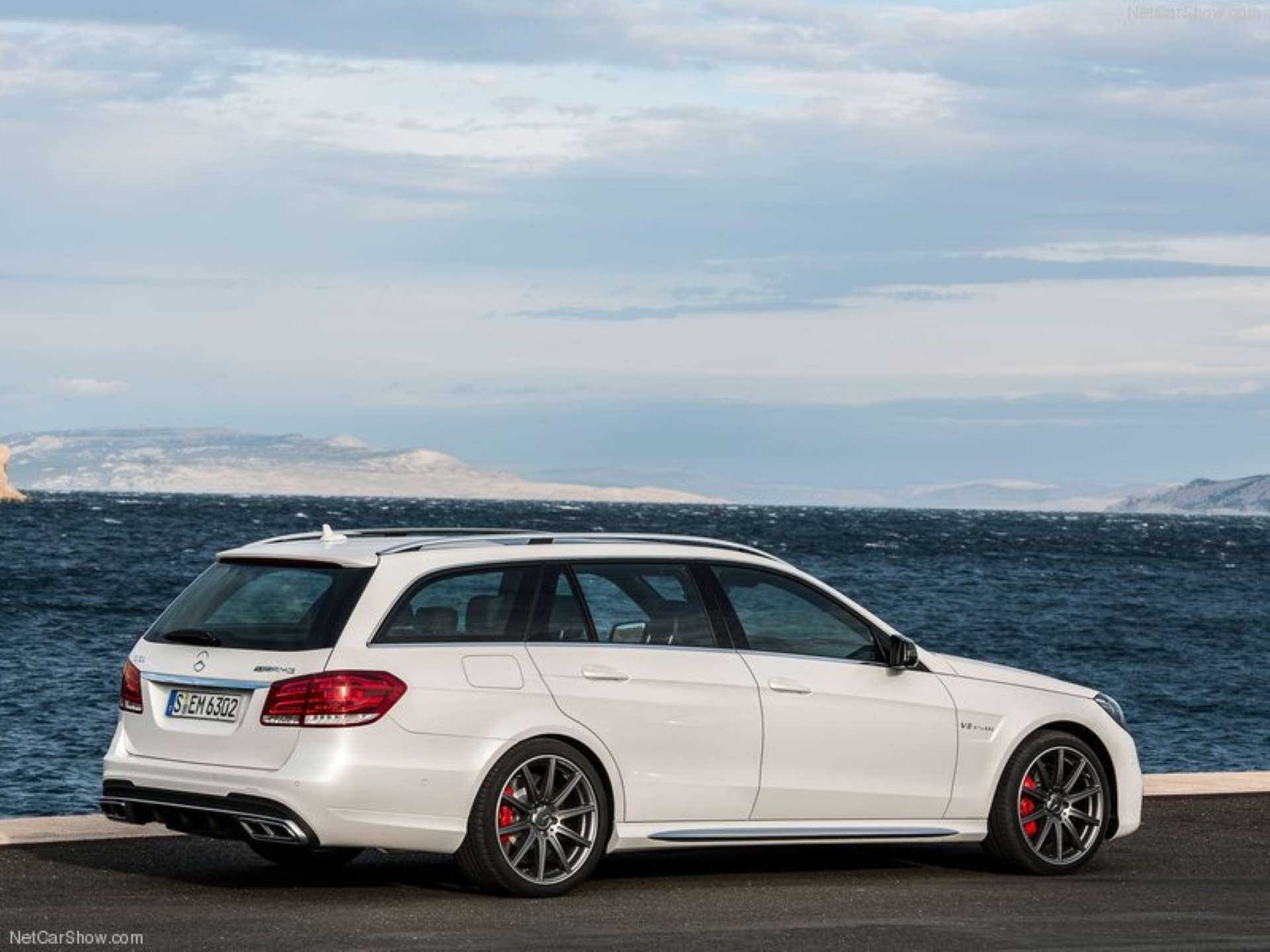
However, as awesome as the supercar-killing power is, the E63S is just as at home quiet on the highway, escorting the family to and from Grandma’s house. The 7G-Tronic Speedshift automatic transmission keeps the shifts smooth and quick thanks to its advanced, adjustable programming and wet-clutch pack. Keeping the ride comfortable but composed is a mixture of coil springs up front and air springs out-back. Both are paired with adjustable dampers that feature a Comfort, Sport, and Sport+ setting. Other notable features keeping everyone happy are a panoramic sunroof, heated and ventilated seats, Nappa leather upholstery, and a Harmon/Kardon sound system.
Flick the suspension and transmission into their sharpest modes, and the E63 transforms itself from a comfy cruiser to a back road bruiser. Bury the loud pedal, and the Speedshift gearbox will snap off shifts in 100 milliseconds as the suspension stiffens and sharpens to keep all of that power in check. Bringing the 4700lb wagon back down to legal speeds are red-painted calipers that clamp down on 14.2” rotors. The E63 S-Model 4Matic is the quickest wagon around the Nurburgring, and it very clearly is capable of that. As you’d expect, the AMG-ness continues to the exterior, where bespoke bumpers, full-LED headlights, and unique wheels don every example. It ensures that you never forget what you’re driving.
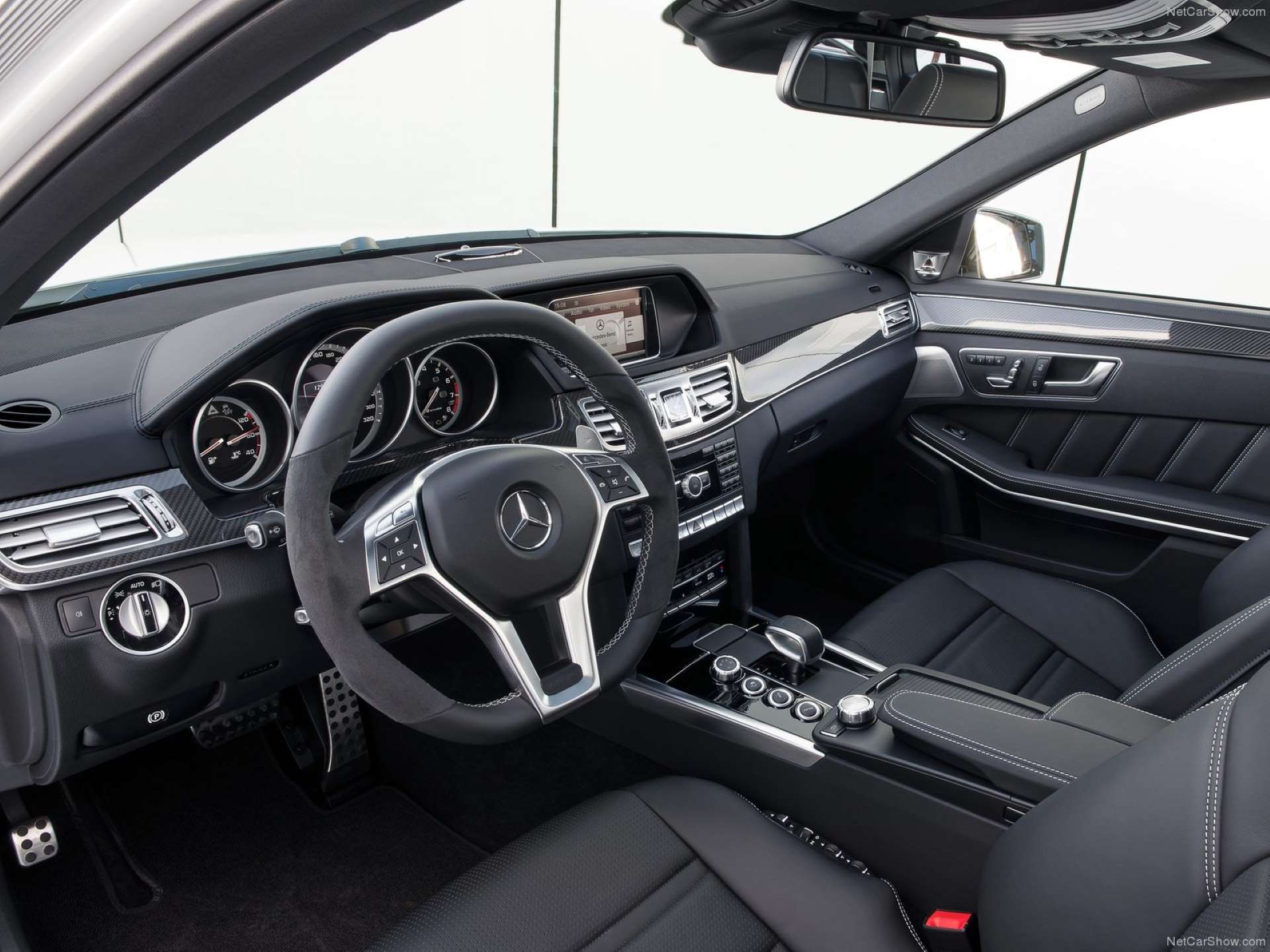
As it is a recent model, there are very few reliability issues to mention. Mercedes fitted the earlier M157 engines, built before 2013, with an inferior timing chain design that led to rapid chain stretch, requiring extensive servicing for repair. The E63 AMG S-Models all have the updated engine, essentially negating that issue. However, other more minor things like turbocharger coolant lines and spark plugs are common problem areas. Oil leaks are at a minimum, but when they do occur, they will likely be from the timing cover, which can be pretty costly to reseal. Other things to be wary of are problems with the air suspension and interior electrical issues.
Audi SQ5 $20,000-$35,000
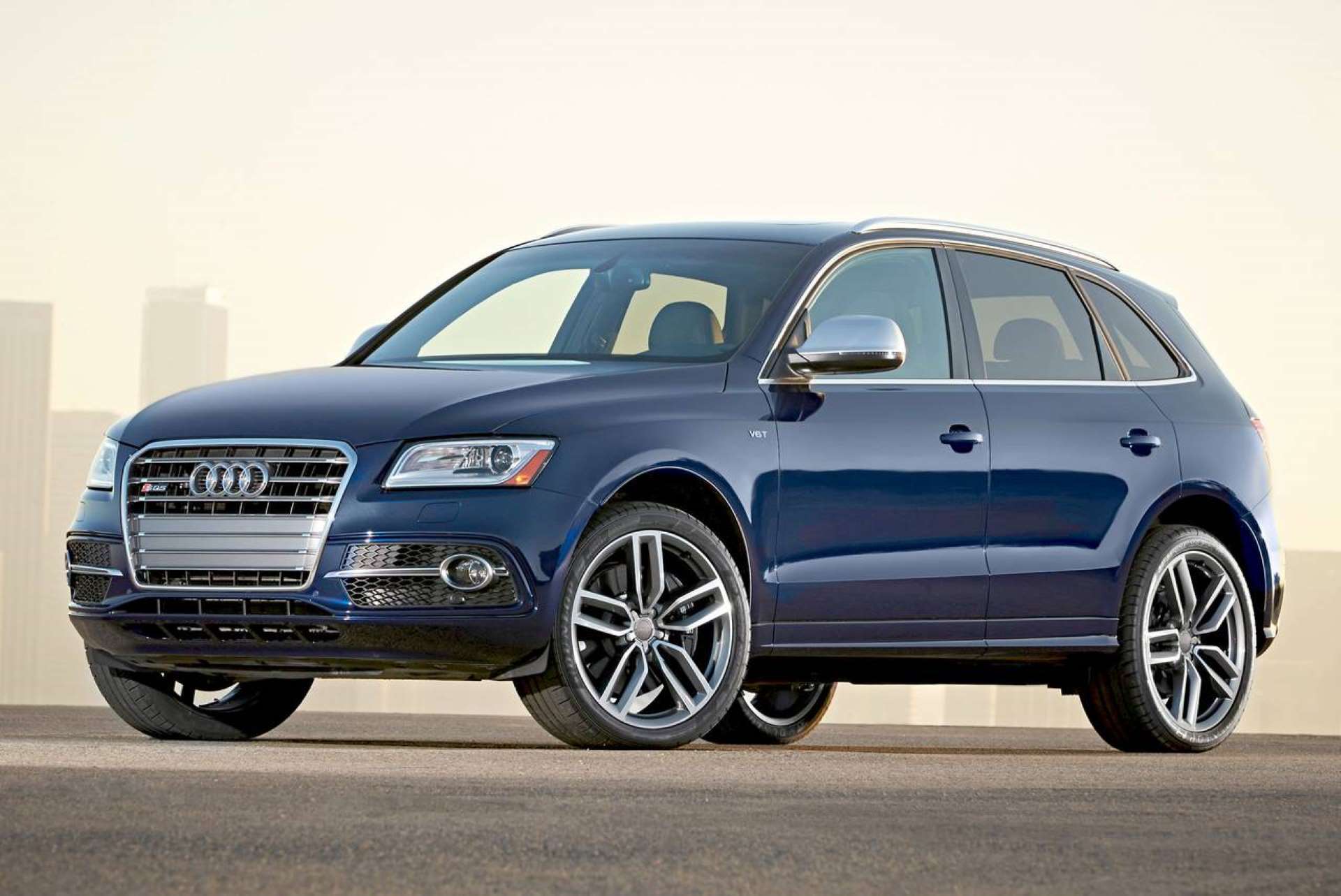
The performance SUV is vaguely contradictory. The SUV is designed to be a big and tough hauler capable of handling all weather conditions and large cargo loads. On-road performance requires the opposite, preferring a light and small chassis best suited to dry conditions and paved road surfaces only. Yet automakers have developed their fast SUV formula, over the years, to what is now a very competitive segment. While there are more than a few to choose from, Audi’s SQ5 offers quite a lot of performance for the money.
The Audi SQ5 was introduced with the facelift of the Q5’s first generation. Offered between 2014 and 2017, it is a direct sibling of the Porsche Macan. Audi’s first crack at a performance SUV sold well, leaving the second-hand market filled with options. Rough examples with over 100,000 miles can be acquired for sub $20,000, but those might want to be avoided. Instead, go for one with some service history and a documented past; those should bring around $25,000. The latest 2017 models with sub 50,000 miles on them command around the $30,000 mark, with the exact price depending on the spec. They came in two distinct trim levels, the Premium Plus and the Prestige. The latter is the range-topping spec, which will bring a few thousand more than the lower spec with similar mileage.
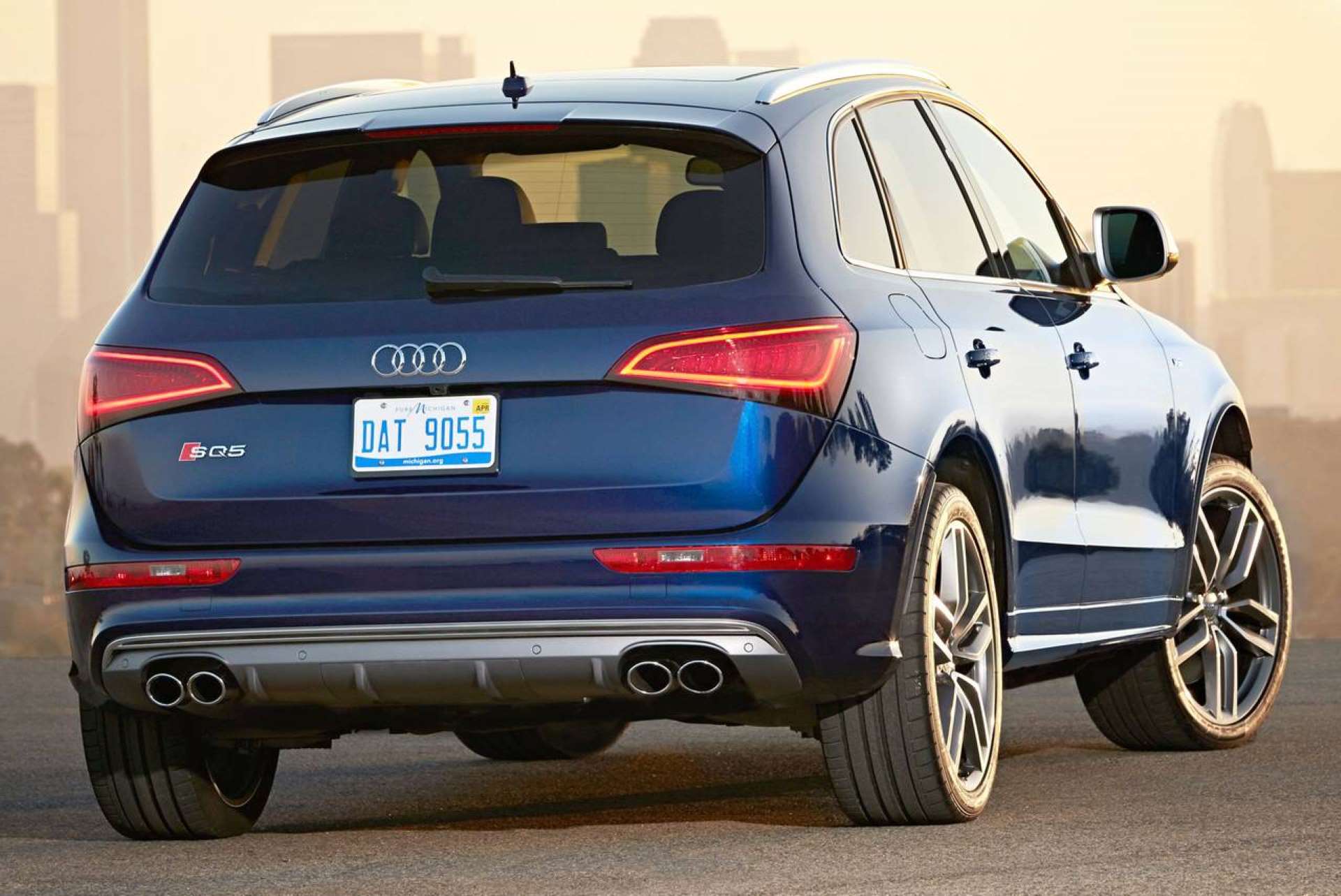
Delivering the performance in the SQ5 is a supercharged 3.0-liter V6 like the B8 S4. It sends its 354 horsepower and 346 lb-ft of torque through an eight-speed automatic gearbox and Audi’s Quattro all-wheel-drive. Using a supercharger isn’t all too common these days, as turbochargers are far more efficient for power and fuel economy. However, Audi put together a ripper. The roots-type supercharger sat in the vee gives the SQ5 a torquey and linear power band, great for twisty and technical backroads. Set the SQ5 on a highway, and the supercharger delivers ample passing power while stretching itself over 30mpg. Overall, its performance is just a bit behind the S4 of the day, and it can tow up to 4400lbs! While performance-oriented, the chassis is still an SUV and offers that extra bit of versatility over the sedan.
Audi offered the SQ5 in two trims during its production, Premier Plus and Prestige. The Prestige was the top-spec, but both trims got a host of sporty features to remind owners of the performance. The exterior received some unique bumpers and side skirts, SQ5-specific 20” wheels, and the aluminum-look trim that dons every Audi S model. Underpinning the more aggressive body are massive brakes and adjustable, sport-tuned air suspension. That suspension system is adjustable in height and in firmness, allowing the driver to specify their suspension to the task at hand. Its versatility comes in handy with a family, providing a comfortable ride for daily duties and plenty of face-peeling grip when the roads get twisty. The driver hangs onto a flat-bottomed leather steering wheel inside the cabin while everyone is held in place by the leather and faux-suede upholstery. Keeping everyone comfortable is a three-way climate control system and a panoramic sunroof.
The Prestige trims received just a bit more standard equipment, though. They received the Technology Package as standard, giving them an upgraded infotainment system, front and rear parking sensors, and blind-spot monitoring, among other things. Not part of the tech pack, but standard on the Prestige is a Bang & Olufson sound system and adaptive headlights.
As far as reliability goes, the SQ5 shouldn’t spend too much time needing service. The 3.0t engine is a rather reliable thing. Oil leaks and issues with the PCV system were shared on all of the 3.0t, so Audi released an updated PCV to remedy those issues. The cooling system also has some trouble spots, specifically with the water pump and thermostat, though they are well documented, and repairs can be done at home. Keeping up with maintenance, especially spark plugs and ignition coils is the best thing anyone can do for the 3.0t. Air suspension systems are great at what they do but still fail with some regularity. It isn’t impossible to have to repair part of the air suspension system during ownership. The eight-speed automatic built by ZF is as bulletproof as it gets and will handle more power if a supercharger pulley swap and a tune are in the future. The SQ5 may be a bit more family-oriented due to its SUV underpinnings, but it still delivers plenty of corner-carving potential.
Volvo V70R/S60R $6,000-$20,000(P2)
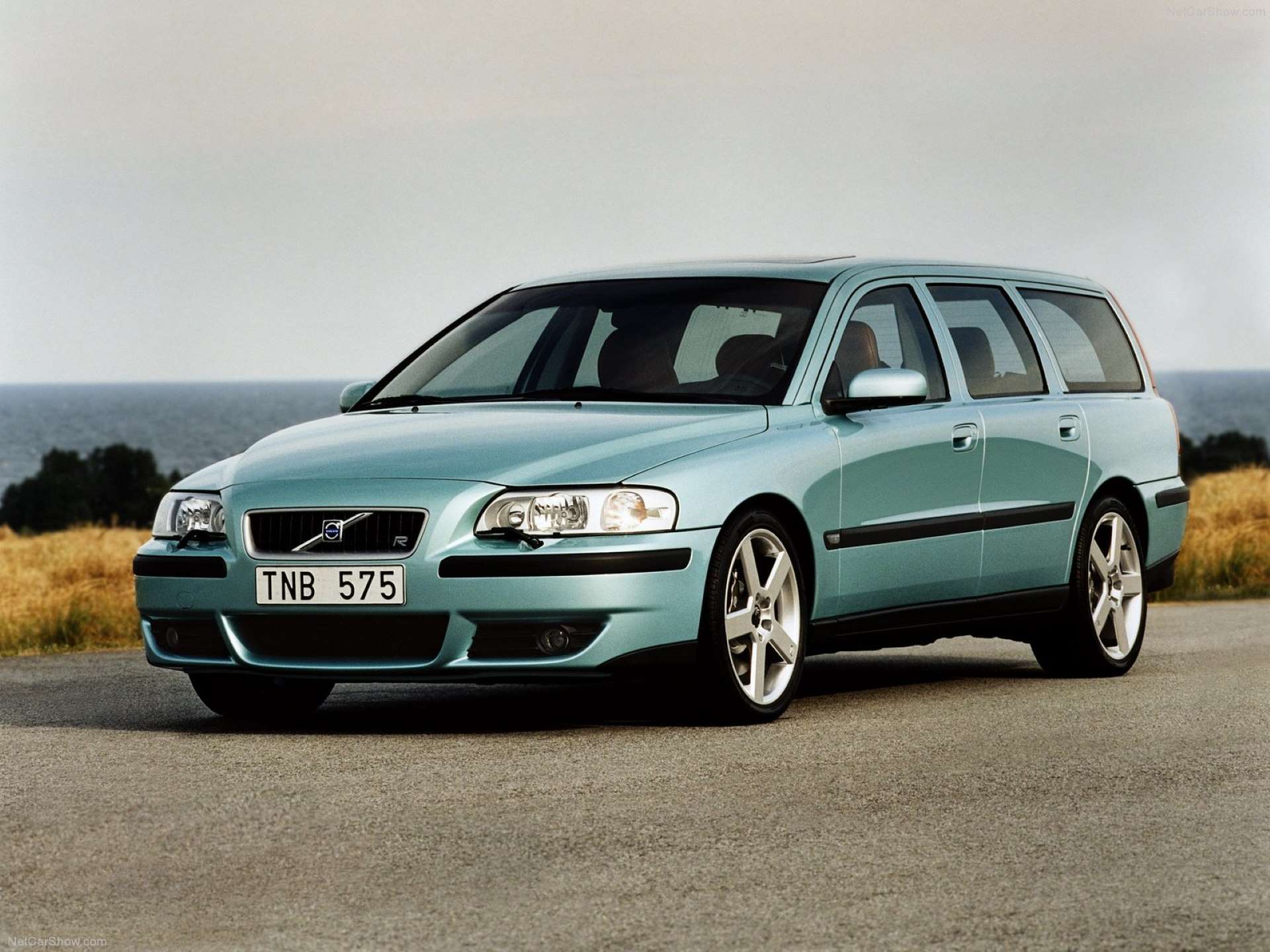
Few can afford a three-year-old AMG product, much less a new one, so get yourself an old Volvo instead. No, that’s not a joke. The fifteen-year-old P2 Volvo is actually the one to choose while on a budget of sorts. Of course, it isn’t just any P2 Volvo but one of the V70R wagon and S60R sedan siblings. They offer all-wheel-drive for control in poor weather conditions and a turbocharged, five-cylinder engine to get the Volvo away from those poor conditions, wrapped up in an overbuilt and safety-tech filled chassis. Well beyond the end of their production, they’re now a popular option for anyone looking for a relatively inexpensive performance sedan or wagon, and the best place for them could be in the hands of some enthusiast parents.
The P2 twins are the last performance Volvos built before the Polestar badge made its way to the road cars. Volvo offered them in the US between 2004 and 2007, and they sold pretty well, leaving a good number of choices on the second-hand market. Prices for them can range pretty widely due to the level of modification and overall condition. Beaten examples with excessive mileages and repairs needed only bring around the $6,000 mark. The best examples with the right color combinations can reach above the twenty grand mark, but average models with good histories and some light modifications will command around $12,000.
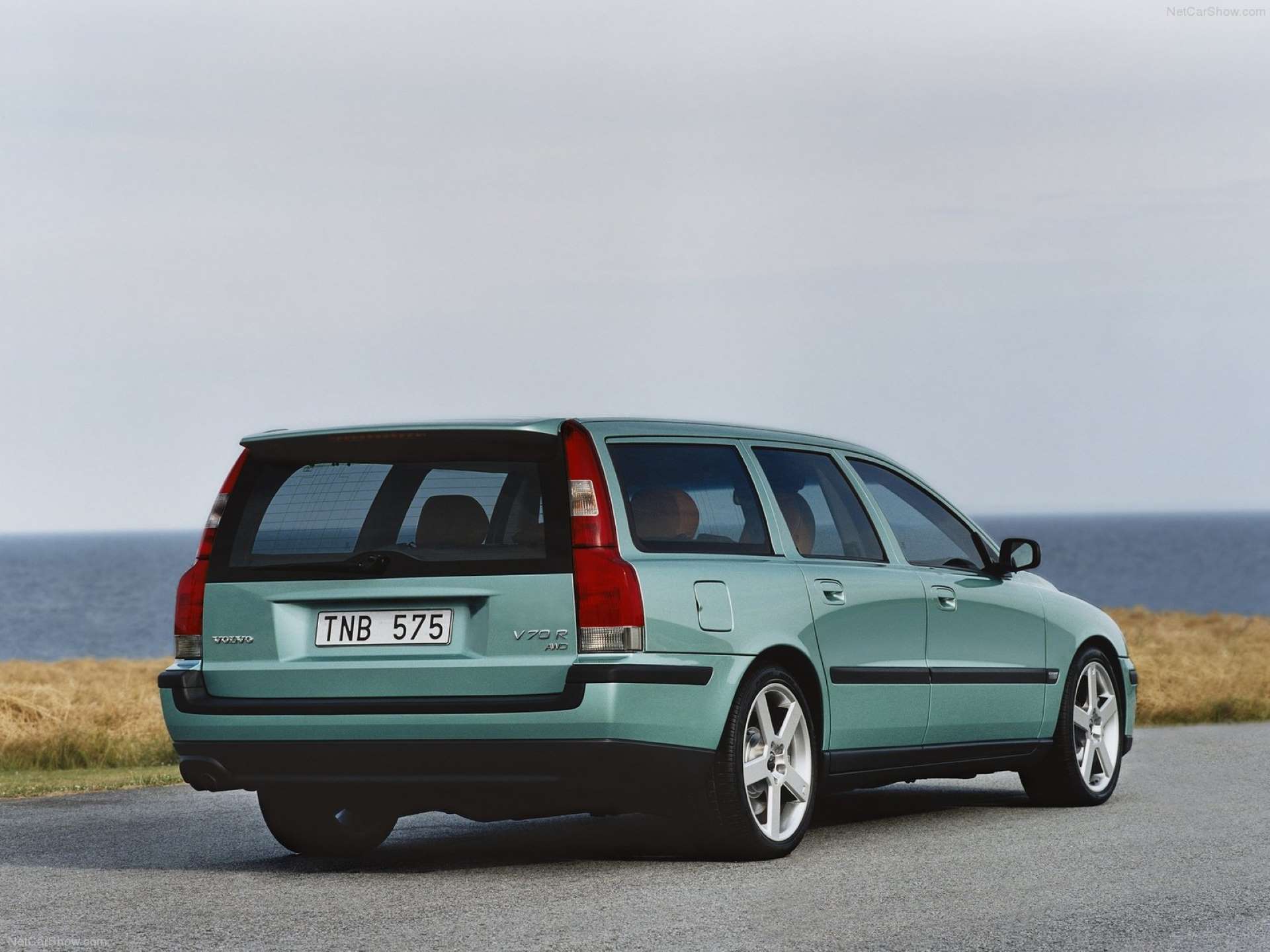
Under the hood of the sedan and wagon is the B5254T4, a 2.5L turbocharged inline-5 cylinder making 300 horsepower and around the same in torque. Even at fifteen years old, the power produced by its engine is enough to keep up with some of the entry-level sports cars of today. More power can be acquired through the aftermarket, too. The R’s engine is relatively receptive to modifications like larger turbochargers, freer-flowing intake and exhaust pieces, and other bolt-on pieces. Slap in an ECU tune, and the P2 Rs will be very close to 400 horsepower at the crankshaft. Putting all of that Swedish power to the ground is the M66 six-speed manual or an automatic transmission. The 2004-2005 models received a five-speed automatic capable of handling only 258 lb-ft of torque. 2006s and the 2007s received a six-speed auto strong enough to control the full 295 lb-ft that the B5254T4 could produce.
The performance doesn’t stop there either. Volvo partnered with Ohlins during the R’s development, and together, they came up with the Continuously Controlled Chassis Concept, known as the 4C suspension. It was an early attempt at active suspension, and it did work well when new. The suspension measured the rotational speed and vertical movement of the wheels, the engine’s torque, the position of the brakes, the chassis’ yaw, and steering angles to determine how each corner of the suspension had to react. There were even three suspension settings to choose from. As is commonplace with cutting-edge tech, the 4C system wasn’t the most reliable and could be expensive to repair. It isn’t uncommon to see 4C-deleted Volvos running around, many running coilovers from several aftermarket brands.
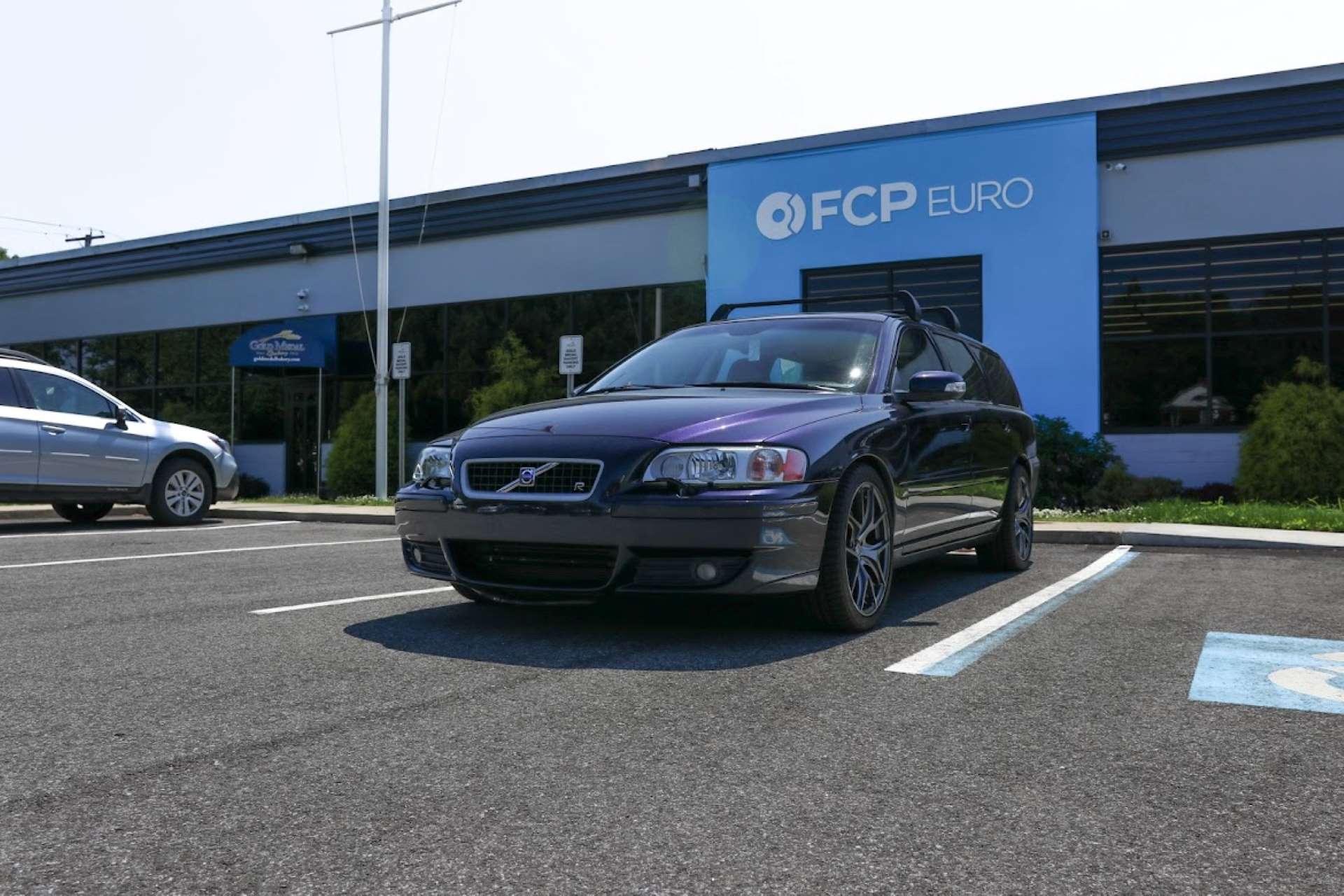
On the inside, you can find typical Volvo quality but with a performance flair. The gauges received a unique blue finish; the comfy seats are replaced with full leather, high-bolstered sport seats, a thick-rimmed, thumb-gripped sport steering wheel, and the funky Spaceball shifter if a manual was chosen. Externally, Volvo kept both R models reasonably subtle, with unique bumpers, small front and rear spoilers, extended skirts, and the classic five-spoke wheels. Balancing the performance garb are front-seat side airbags, full-length side-curtain airbags, and whiplash-reducing front head restraints. Those were pretty advanced for the time and keep the Volvos close to today’s safety from a non-active feature standpoint. Helping to keep the Volvos pointed in a straight line at all times are the Haldex-based all-wheel-drive system and massive Brembo brakes.
The P2 R twins are essentially European tuner cars, so they come with some causes for reliability concerns. The front differential is also responsible for sending the power rearward through a driveshaft. The bevel gears inside of the diff, along with a specific collar, can develop issues that require a full differential rebuild. While capable of some performance, modified engines can develop cracked engine blocks when pushed too far, leading to a replacement engine. The 4C suspension system, as mentioned above, can be costly to repair when it goes wrong. Other things like suspension bushings and engine mounts will likely have worn or cracked from age by now. They aren’t new cars and will require some regular maintenance and repair, but they’ll function just as well as every other model on this list when treated right.
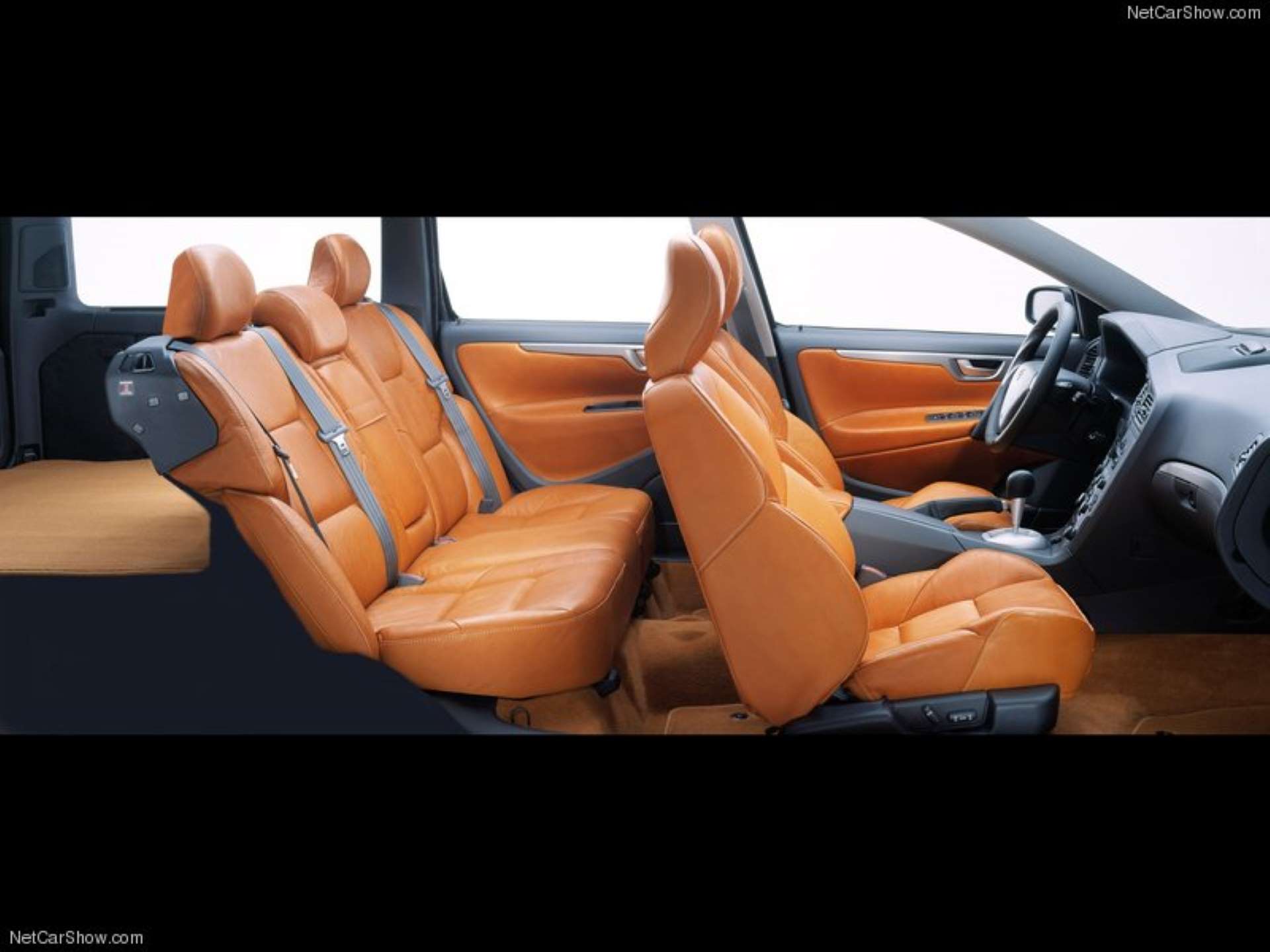
While it didn’t cover every possible sports car replacement, these are some of the better choices. Sure, none of them will handle like a Cayman or an M3, but most possess enough torque to make the kids giggle until they can’t anymore. It’s the same joy from driving, just in a slightly different way. So what’s your perfect corner-crushing family vehicle? If you think we missed out on a no-brainer for this list, let us know in the comments below. Subscribe to our YouTube channel and follow along on the DIY Blog for more daily content!


